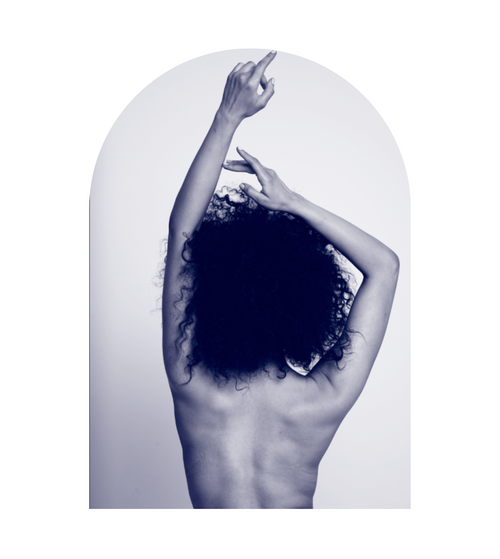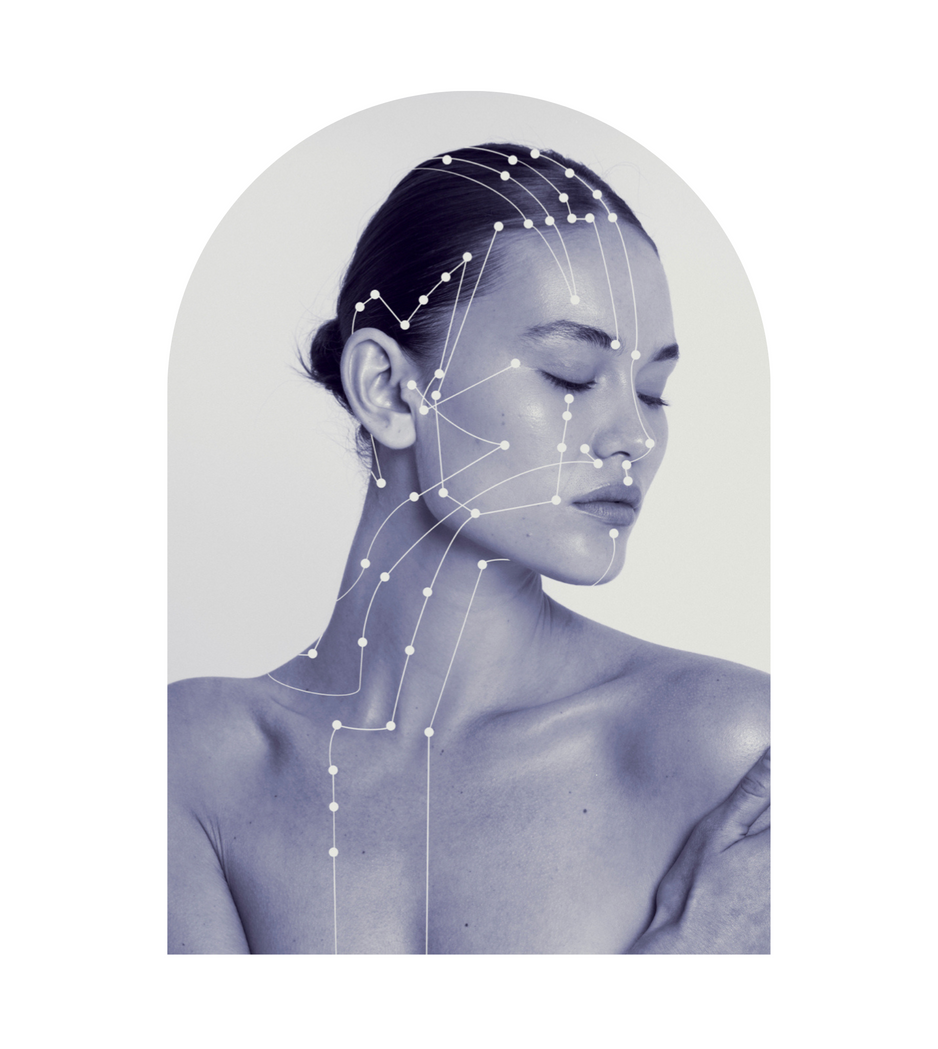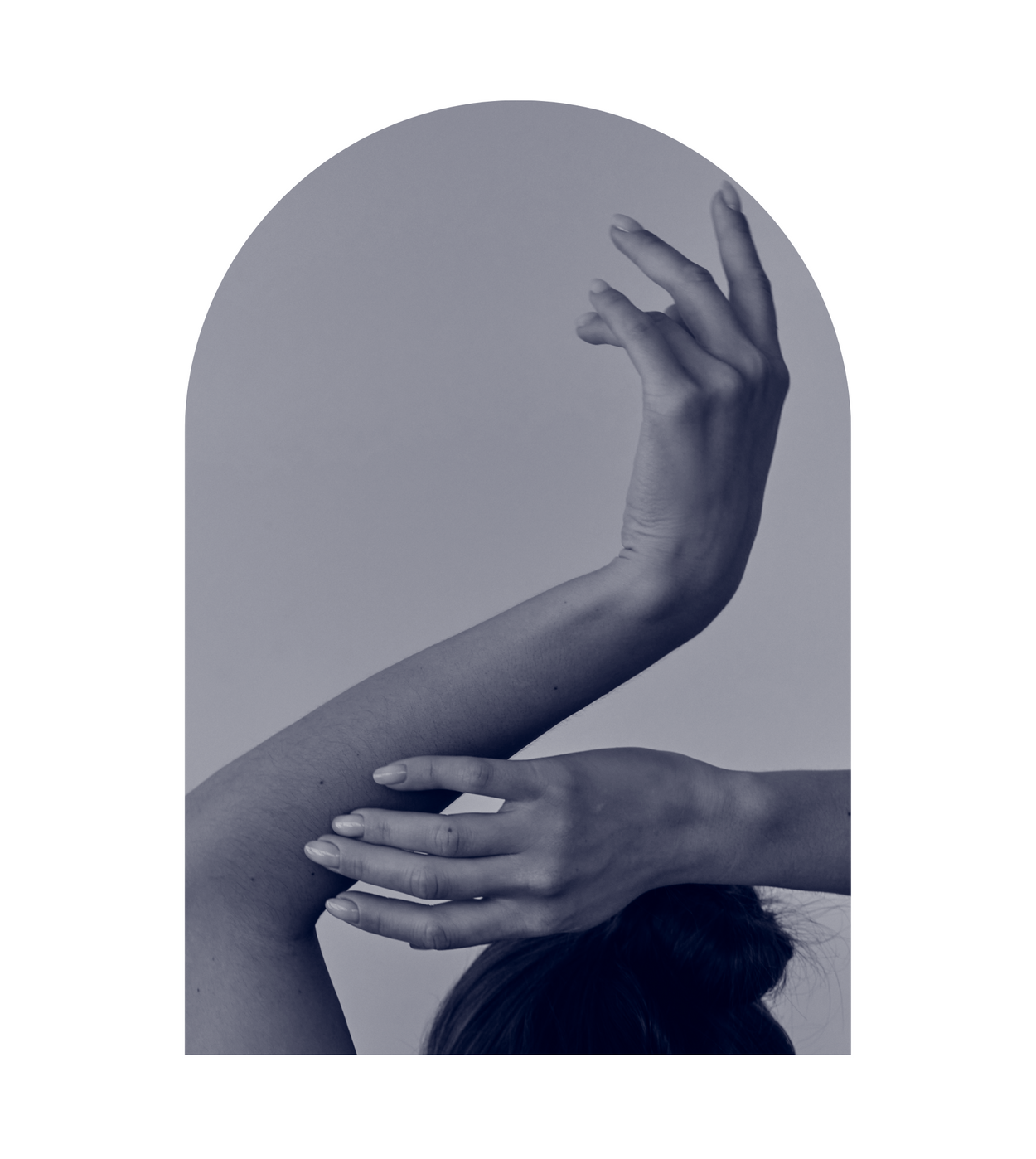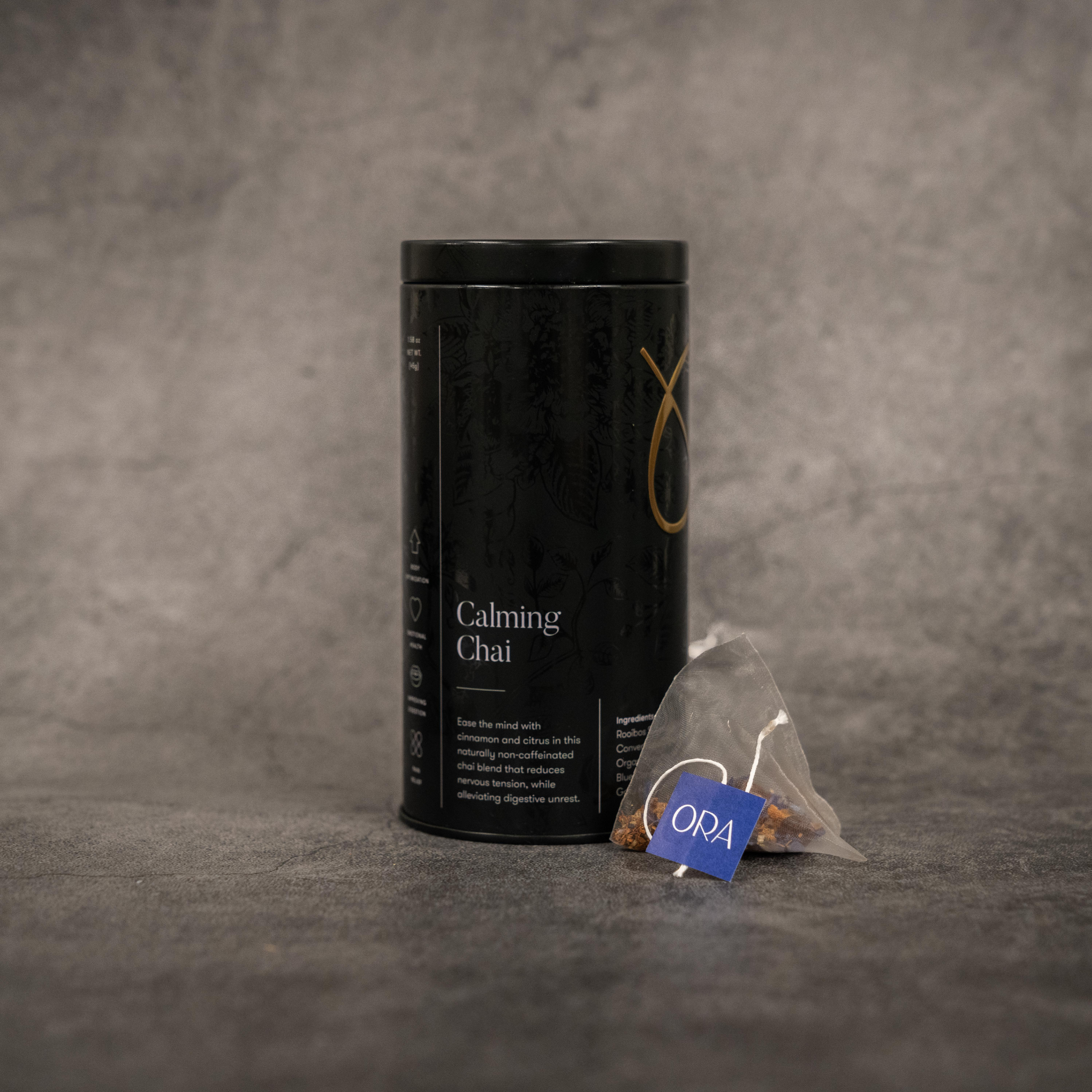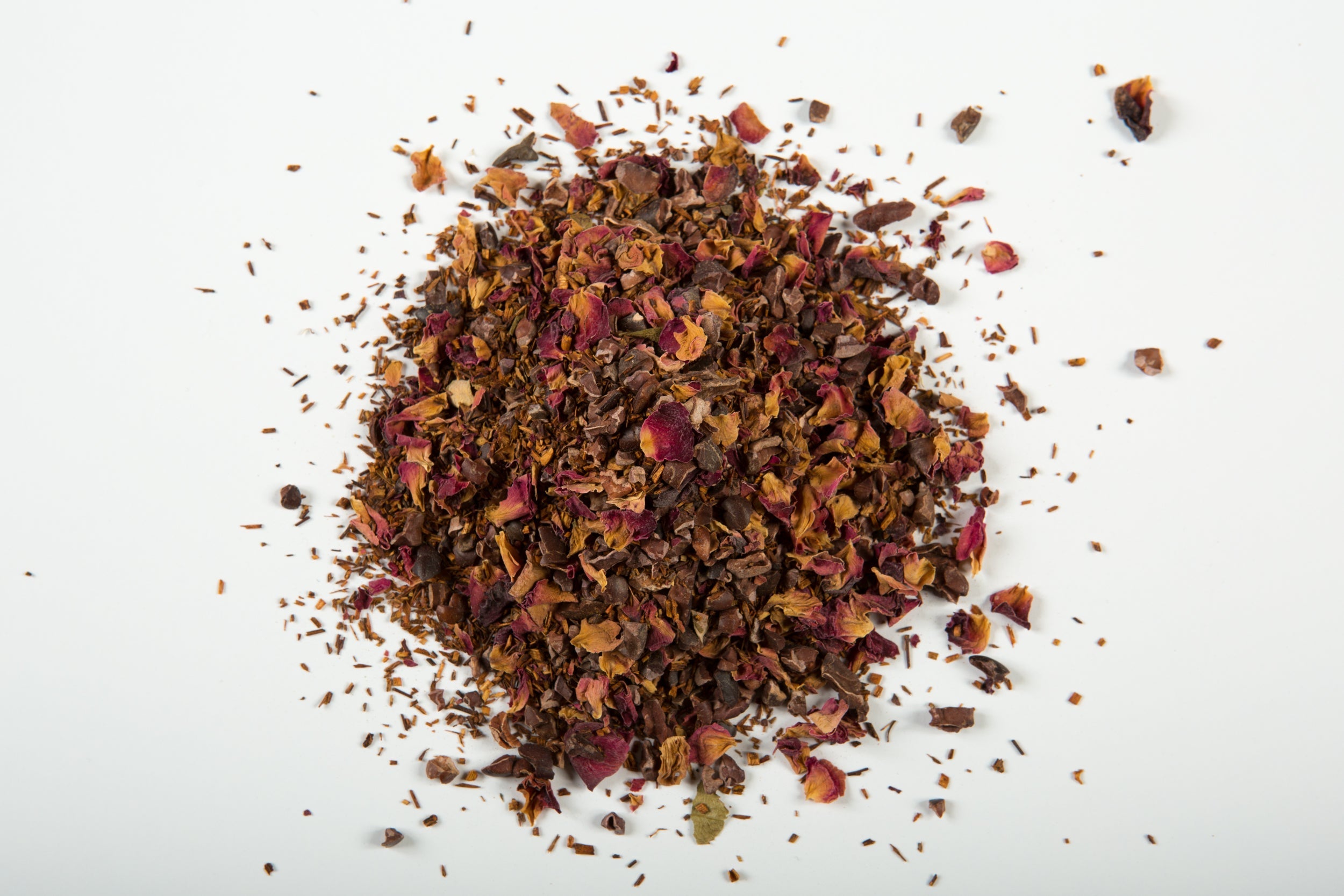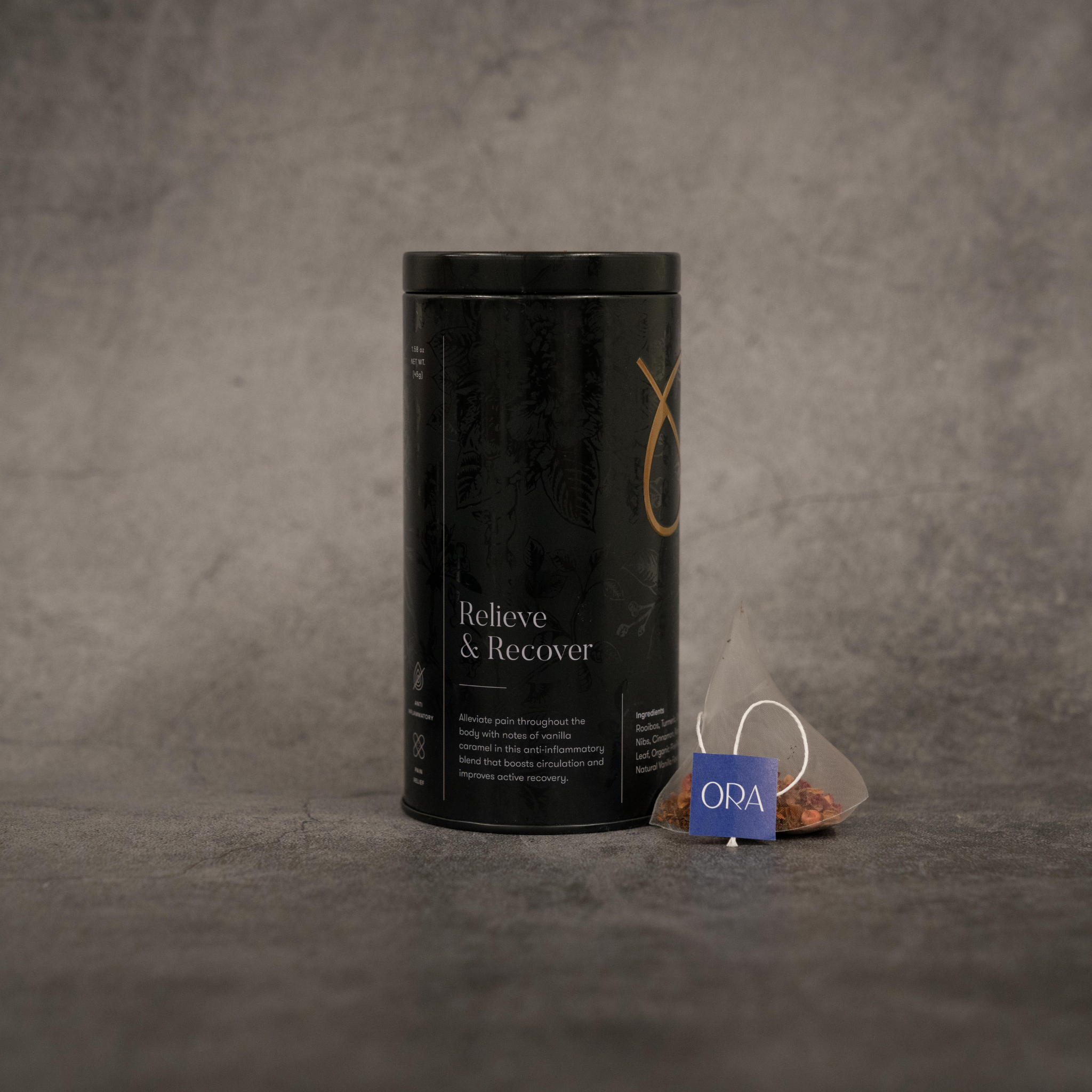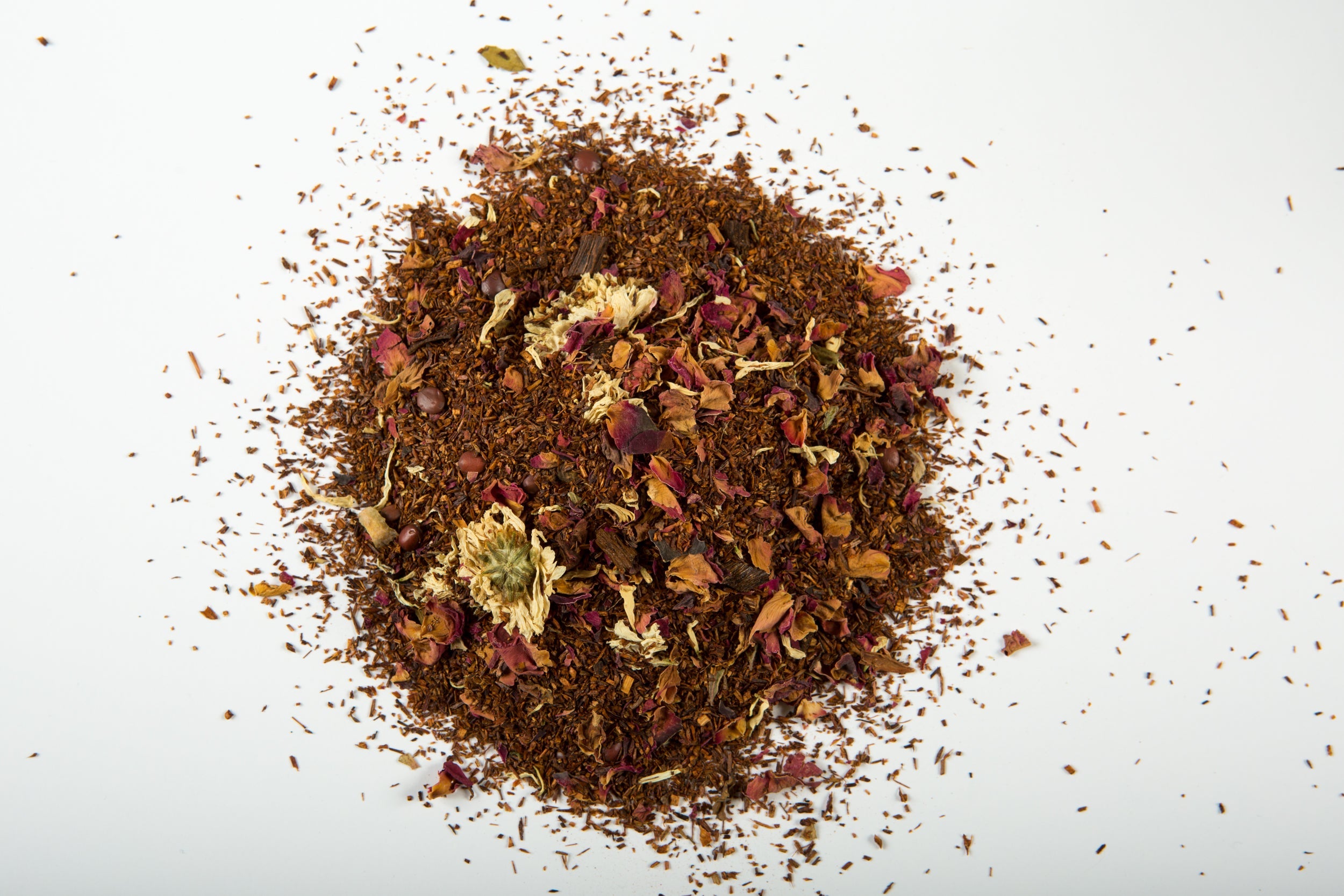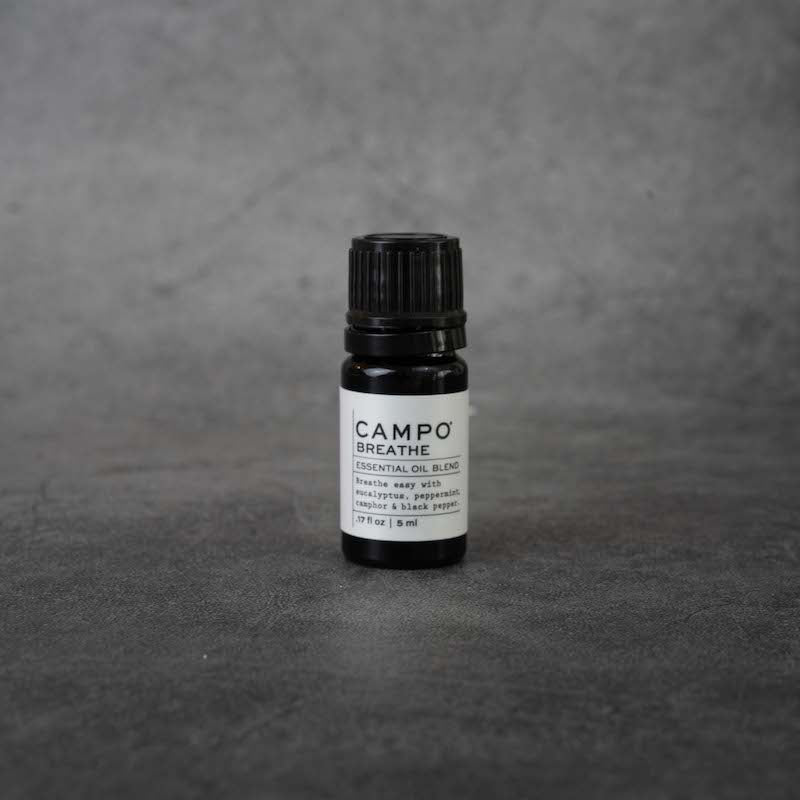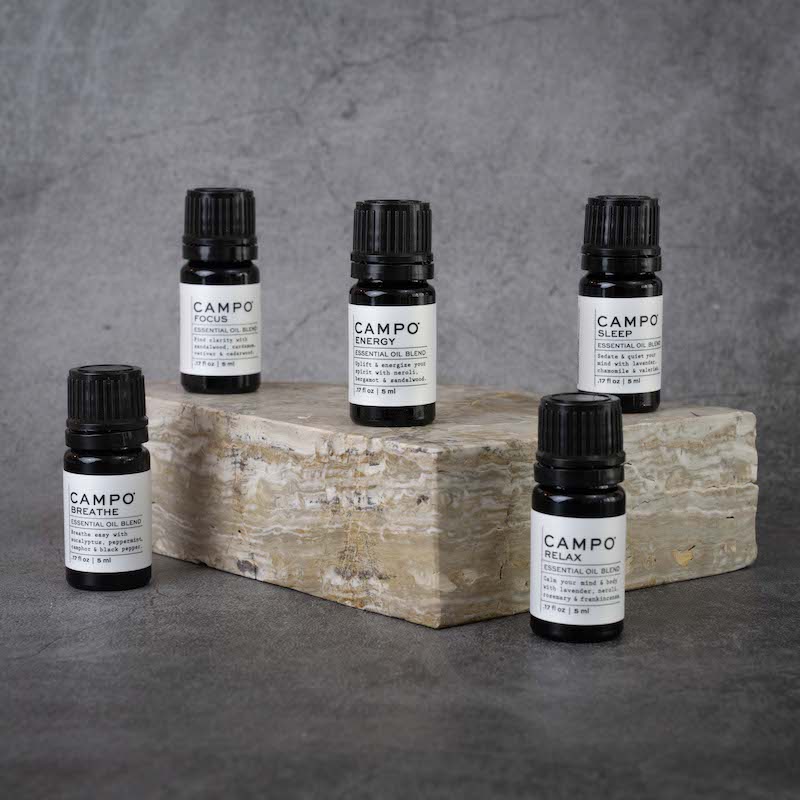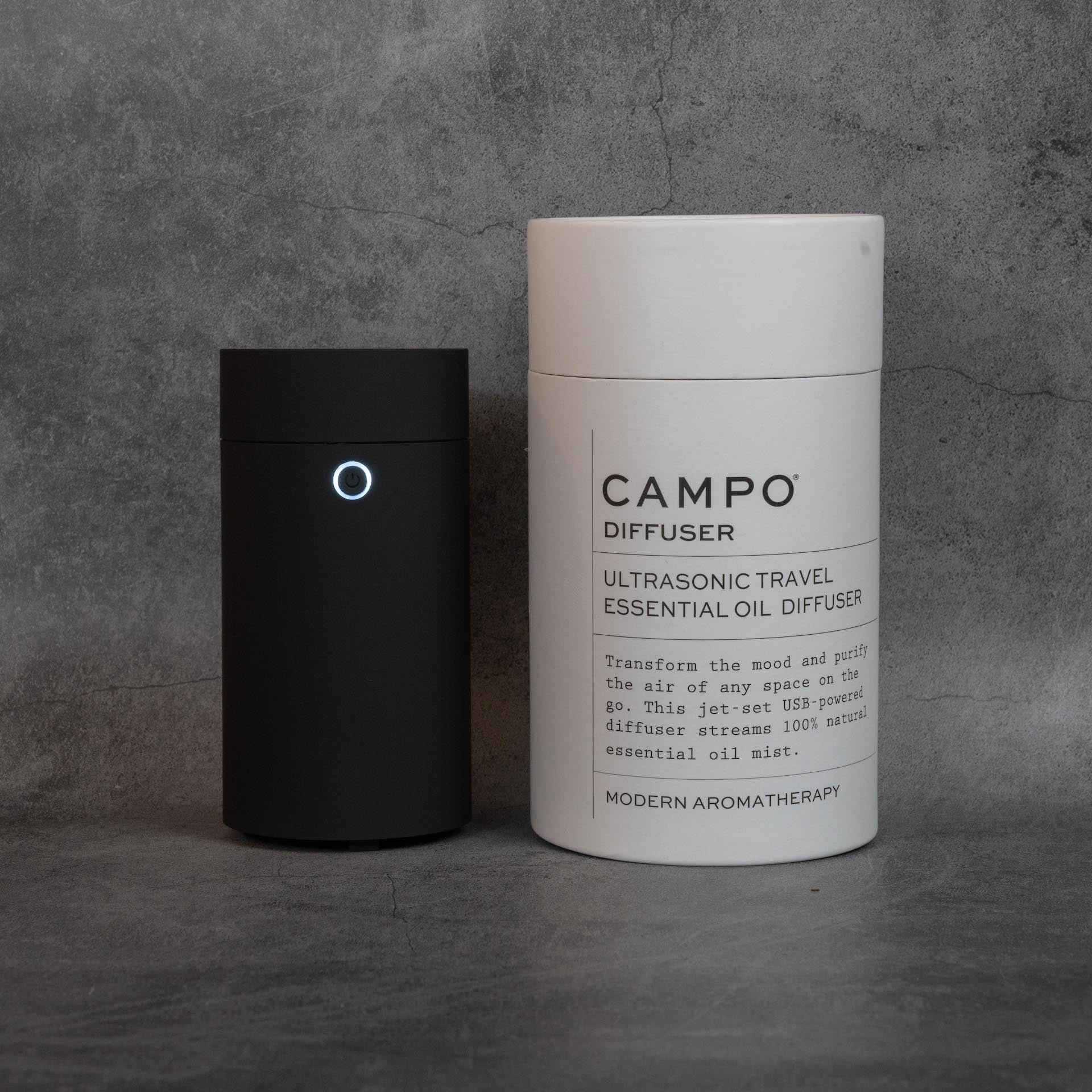By Dr. Ryan Whelan, L.Ac., L.M.T
Most of you may have heard of acupressure. Many of you are more likely familiar with acupuncture. What are the differences? What are their benefits? When would you use acupressure vs. acupuncture? While acupuncture is extremely useful and healing, acupressure can also alleviate many conditions and, perhaps most importantly, can be done from the comfort of your own home.
To put it generally, acupuncture involves the insertion of needles into specific points in the body by a licensed acupuncturist, while acupressure uses firm pressure to massage those points. While acupuncture generates stronger stimulation of strategic points in the body, acupressure is a great self-healing alternative that individuals can do at home. These techniques can help circulate energy or “qi”, increase blood flow, and decrease stagnation in the body. In order to achieve these results at home, it is important to focus on a few specific channels and work with points that are easy to reach. Acupressure can be used to alleviate many conditions and symptoms such as pain, headaches, digestive issues (nausea, bloating, or acid reflux), stress, anxiety, and poor sleep. However, if symptoms continue for a long time, it is best to seek a licensed practitioner for a more tailored treatment to target the root cause of these issues.
So how exactly does acupressure work? Every person has an internal map, which in
traditional Chinese medicine is referred to as “channels” in the body. Specific points are located on these channels that, when stimulated, can help rebalance the system. Pressing on the acupressure point opens the meridians, stimulating blood and qi throughout the channel. Applying pressure to these points also stimulates the nervous system and brain, and causes the release of nitric oxide and endorphins that can help lower your blood pressure and trigger positive feelings. Acupressure can be used symptomatically throughout the day, as needed, for as little as 30 seconds, to a few minutes at a time.
When practicing acupressure, the best approach is to use your hands and fingers. You should massage the acupressure point for 30 seconds, as well as follow up and down the meridian channel in order to circulate qi and blood. Acupressure is best applied by using your thumb and pressing firmly, but gently, in circular motions. If your thumb tires, you can also use this technique with your pointer and middle finger. A calming massage oil can be a great addition to the treatment.
One example of a great acupressure point is the Large Intestine 4, also known as Hegu. This is a fantastic point used for anything associated with the face, such as frontal or temporal headaches, TMJ pain, rhinitis (runny nose), and toothaches. The point is located in the web of the hand, between the thumb and index finger. It might feel tender on contact, but that’s ok! That means you’ve hit the point!
Maybe you don’t have the time for acupuncture, or maybe you’re skittish about needles, or maybe you just want to try something new to supplement any acupuncture or traditional Chinese medicine methods you’re already doing – either way, it’s a great idea to try acupressure. Typically, acupressure is most effective when symptoms arise. Be sure to ask a licensed acupuncturist if you have questions on specific meridian channels or point locations and indications!



